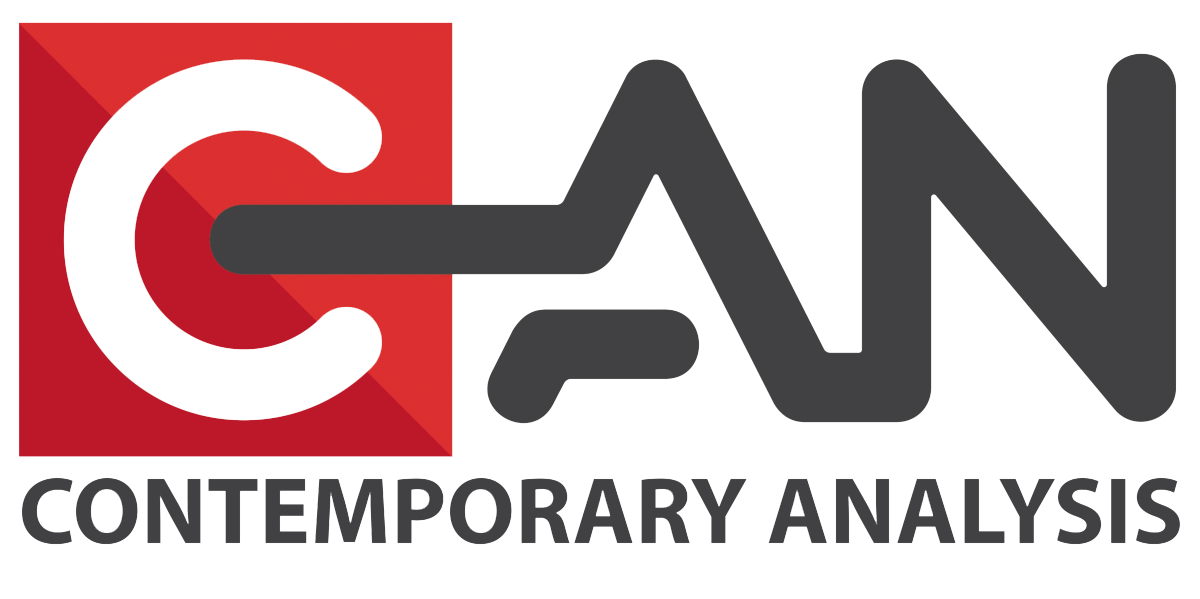Why data trumps experience in trial conversion: "Using predictive analytics to qualify...
News
read more
What Is Data?
We get asked all the time at CAN "what is data?" "Data" is a term to describe facts,...
How Big Data Can Bring Big Sales / Insurance Industry See Vanlue in Analytics
How Big Data Can Bring Big Sales: The holy grail of retail has been to anticipate what...
Diapers, Beer, and Data Science in Retail
When asked for white papers or case studies on how predictive analytics works, I often...
Big Data In The Travel Industry and More
How To Make The Most Of 'Big Data' In The Travel Industry: "There is a 'big data'...
Union Pacific Railroad Predictive Analytics
For most, seeing a Union Pacific diesel-electric locomotive painted in the historic...
Forbes: The Age of Big Data / A Looming Talent Gap For Data Scientists / Why Companies Are Spending More on Analytics
The Age of Big Data: "...Big Data has the potential to utterly transform the...
Analytics Market Grows in 2012
Analytics Market Grows in 2012 "The global market for business analytics software grew...
Analytics and the Nimble Corporation
Brian Sommer at ZDNet has an excellent three part blog series about nimble verses the...
